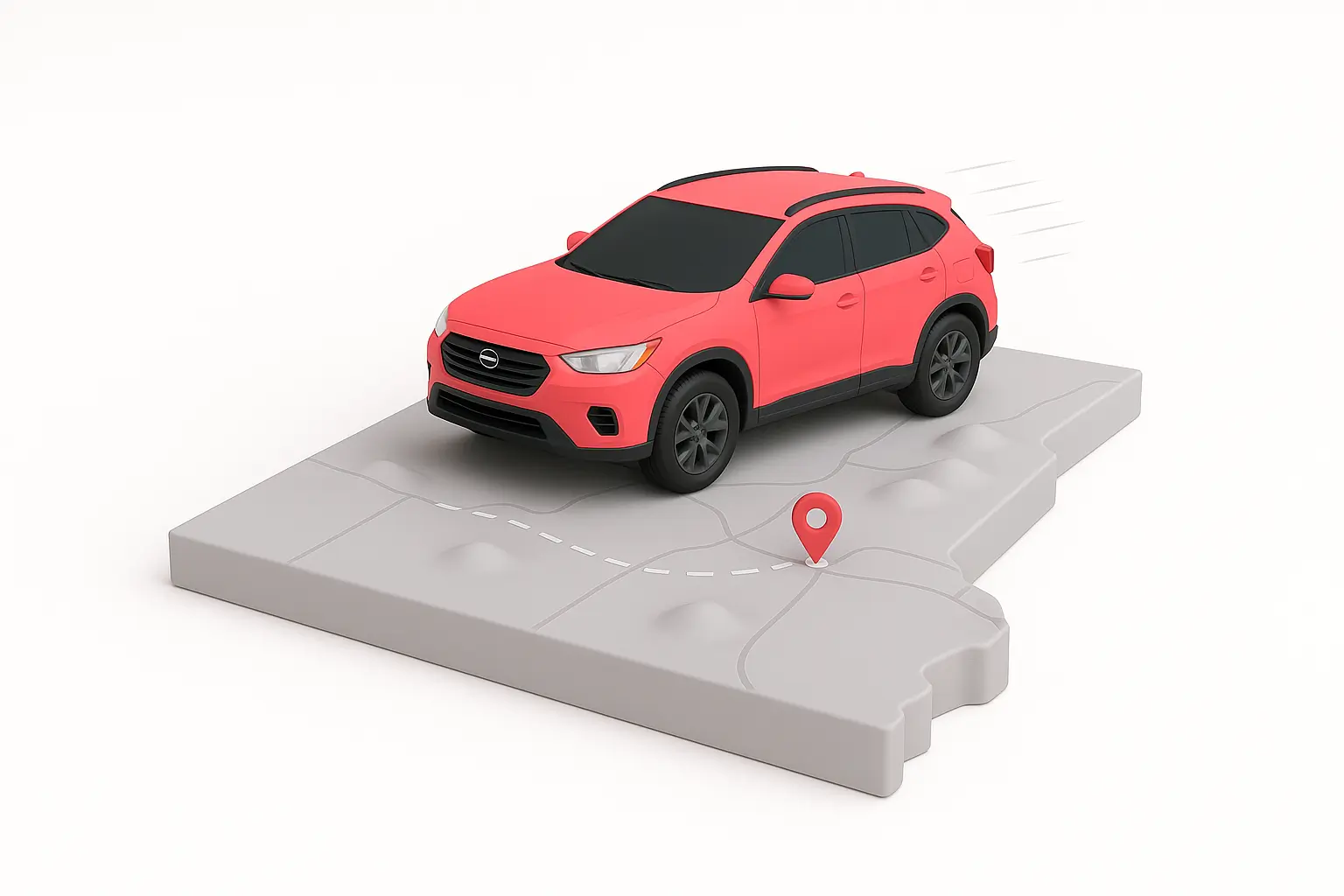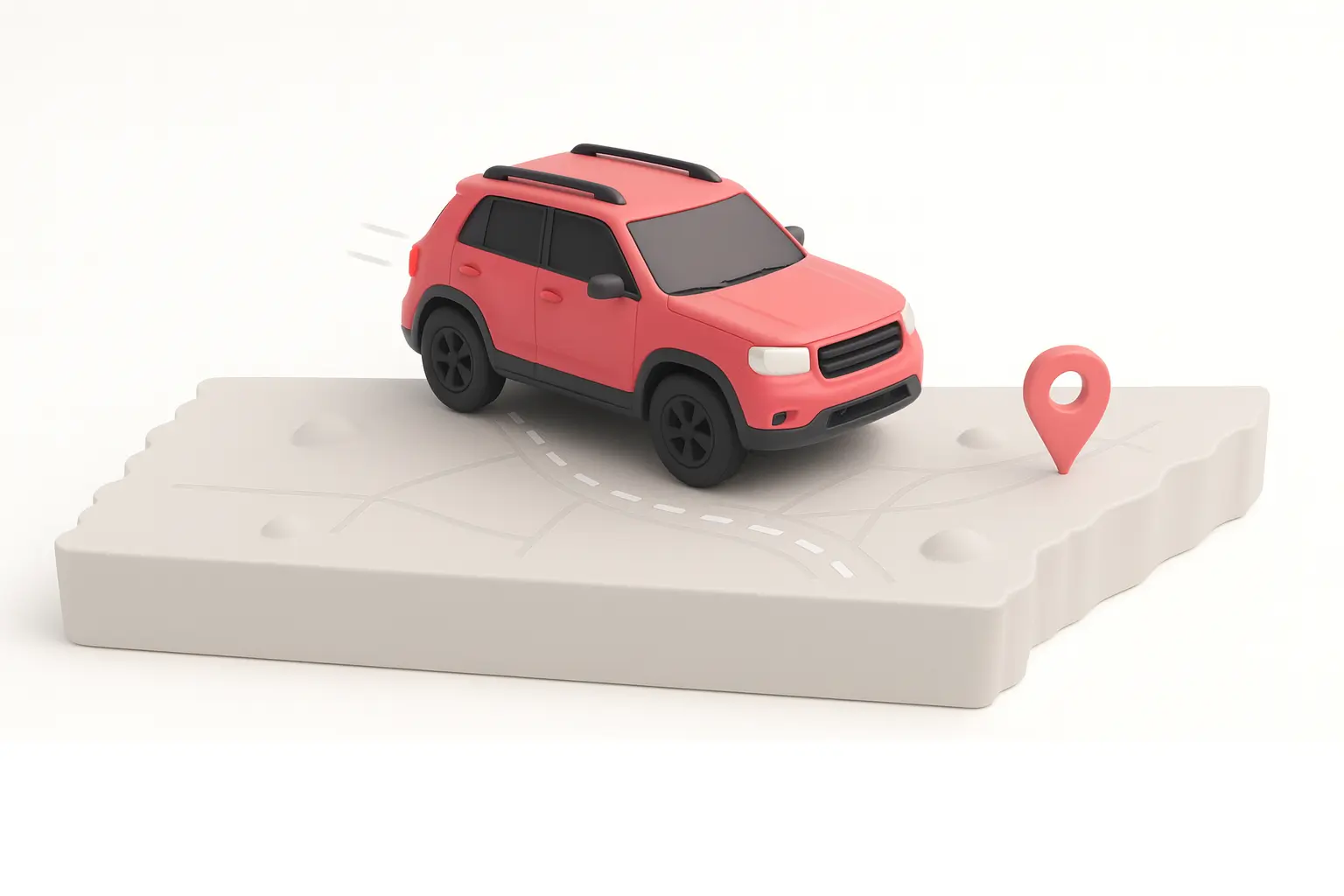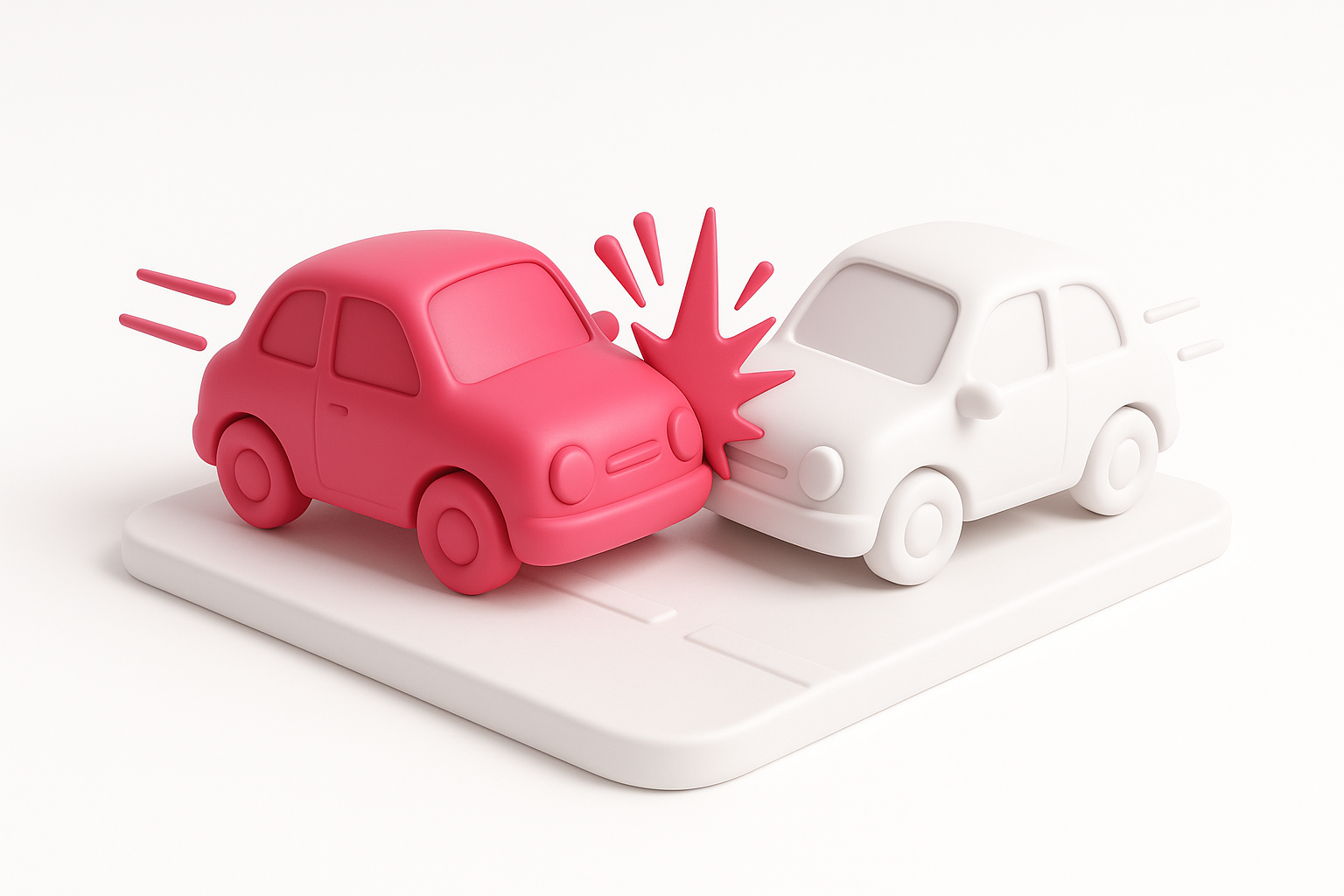When your car won’t start, a dead battery may be the first thing that comes to mind, but it could be a failing starter motor instead.
The average cost to replace your car’s starter ranges from $400 to $800, with some repairs exceeding $1,000 for luxury or hard-to-access vehicles.
Factors that influence starter replacement costs
Several factors can affect the cost of replacing your car’s starter, including the complexity of your vehicle, the type of starter required, local labor rates and whether any other repairs are needed at the same time.
Vehicle
Cars with compact engine bays or components that must be removed for starter access may take longer to service, increasing labor charges. On the other hand, trucks and domestic vehicles may be easier and cheaper to work on.
Starter type
Some vehicles require more expensive or specialized starters, such as those with integrated solenoids or hybrid-friendly features. OEM (original equipment manufacturer) parts usually cost more than aftermarket or remanufactured versions, though they are a perfect fit and often last just as long.
Location
Labor costs often vary based on your region and the type of repair shop you choose. Expect to pay higher prices at dealerships and in urban areas, where shop overhead tends to be greater, compared to independent mechanic shops and rural areas.
Additional repairs
If your starter fails because of a damaged flywheel, bad wiring or electrical faults, you’ll require additional repairs and your total cost will increase. Your mechanic may also recommend replacing the starter relay or tensioner at the same time, if they’re showing signs of wear or failure.
What is a starter?
Your vehicle’s starter is a small electric motor that uses power from the car’s battery to crank the engine and begin the combustion process. When you turn your key or press the ignition button, the starter engages with the engine’s flywheel and begins the process of getting your car running.
Most modern cars use gear-reduction or direct-drive starters, and some hybrids or high-performance vehicles may use more complex systems. Though it’s a small part, your starter plays a critical role for your car — without it, your engine won’t start.
When do you need to replace your starter?
Like any mechanical component, engine starters naturally wear out over time. They typically last between 100,000 and 150,000 miles but yours may need to be replaced sooner due to things like repeated heat cycles and frequent starts.
You might want to take your car in and get the starter checked out if you notice:
- Clicking or grinding when turning the key, especially if there’s no other engine response.
- The engine won’t crank, but dash lights turn on.
- Intermittent starting issues.
- Smoke or a burning smell near the engine bay.
Some of these symptoms can also indicate issues with your battery, alternator or ignition switch issues, so a proper diagnosis is necessary before deciding your starter is to blame.
How to save on starter replacement costs
Replacing a starter isn’t cheap, but luckily it’s not a repair you should encounter very often. If you’re forced to replace the starter in your car, here are some ways to save on that final repair bill.
Use a remanufactured or aftermarket part
Unlike many other major car repairs, the bulk of a starter replacement cost is in the part, not the labor. For that reason, asking your mechanic to choose a remanufactured or aftermarket starter can save you money on the repair. Most modern rebuilt and aftermarket starters perform just as well as new ones and typically cost between 20% and 40% less.
Get multiple estimates
With starter replacement costs approaching $1,000 or more, calling around to get quotes from various shops can be a wise way to save money. You may find that small, independent shops charge less than dealerships, but your price will also depend heavily on the parts used.
Find discounts
Check shop websites, local mailers, service department websites and loyalty programs for discounts on diagnostics, labor and parts. If you’re a AAA member, for example, you can get discounts with participating partner repair shops. You may also get discounts for being a teacher, military service member or first responder.
Do it yourself
If you’re confident under the hood and have access to the right tools, replacing or rebuilding a starter yourself can save you hundreds in labor. This is especially true on vehicles with quick access to the starter, as removing and replacing the part will be easier.
However, keep in mind that starters are usually located at the lower rear of the engine and you will have to jack up the car and crawl underneath to change it. For safety, always support the car with jack stands.
FAQs
-
Can I jumpstart my car if the starter goes out?
-
Is the starter covered under my vehicle warranty?
-
Can a bad starter drain my battery?

Stephanie Colestock is a professional writer, CFEI®, and licensed insurance agent specializing in personal finance. With over 14 years of experience, she crafts insightful and accessible content on a wide range of financial topics, including insurance, loans, credit/debt, investing, retirement planning, and banking.
Her bylines appear in top-tier publications such as TIME, Fortune, MSN, Business Insider, USA Today, Money, Fox Business, and CBS. Stephanie’s deep understanding of complex financial concepts and her ability to communicate them clearly have made her a trusted voice in the industry.
When she’s not writing, Stephanie enjoys SCUBA diving, reading a good book, and traveling the world with her family.

Annie is a writer and editor at Jerry with more than a decade of experience writing and editing digital content. Before joining Jerry, she was an assistant assigning editor at NerdWallet. Her past work has appeared in the Associated Press, USA Today and The Washington Post. Her work has been cited by Northwestern University and Harvard Kennedy School. Annie served as a spokesperson for NerdWallet during her time at NerdWallet and has been featured in New York Magazine, MarketWatch and on local television and radio stations.
Previously, she worked at USAA and newspapers in Minnesota, North Dakota, California and Texas. She has a bachelor’s degree in journalism from the University of Minnesota.

Phil grew up fixing lawn mowers, motorcycles and cars. He began his journalism career as a night police reporter in Chicago and Denver. Moving to Los Angeles, Phil ghost-wrote several how-to books about car buying. He then was hired by the consumer automotive site Edmunds.com where he worked as an “undercover” car salesman. This led to a series of articles called “Confessions of a Car Salesman.” Additionally, he wrote DIY articles about car maintenance and repair and took high-performance driving lessons on race tracks in Nevada and California. Later, he wrote a syndicated automotive column for Nerdwallet. He recently he authored the book Electric Cars: How to Get Rolling Today. For Jerry he will use his experience to help car owners make smart decisions about driving, repairing and maintaining their vehicles. Phil lives in Long Beach, Calif., and still enjoys turning wrenches and helping his son change the oil in his 2016 Mazda3.









